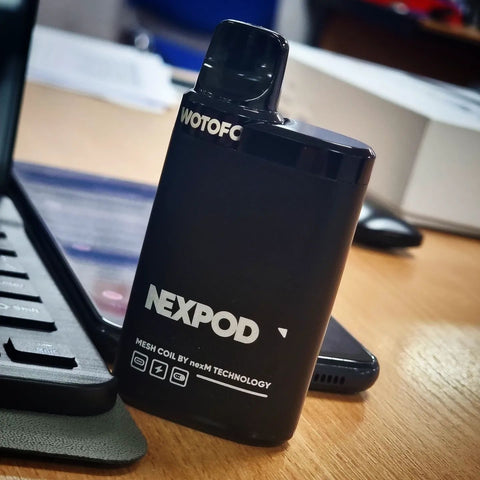When vaping initially gained tremendous popularity, it was hyped as a better and healthier solution to cigarette-related problems. Nevertheless, a recent increase in sicknesses, hospitalization reports, and deaths associated with vaping products has changed the conversation.
There are few products that are highly addictive and widely used by youths, causing what is being referred to as the nicotine epidemic. Besides, it’s been established that it’s not only those who actively use these products who face harm but other people in the vicinity as well who we referred to as passive or secondary users. Passive users breathe in secondhand fumes, and this phenomenon is dubbed “secondhand vaping.”
Are you safe to bogart an e-cigarette or sit in the same hall with an e-cigarette bogarter? Well, there are potential dangers of exposing yourself to secondary vapor. According to reports from the Centers for Disease Control, one of the world’s leading causes of evadable diseases and deaths is tobacco consumption. From that evidence, anything that lowers the rate of contracting tobacco-related disease and deaths improves the overall health.





Leave a Comment